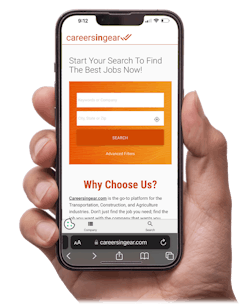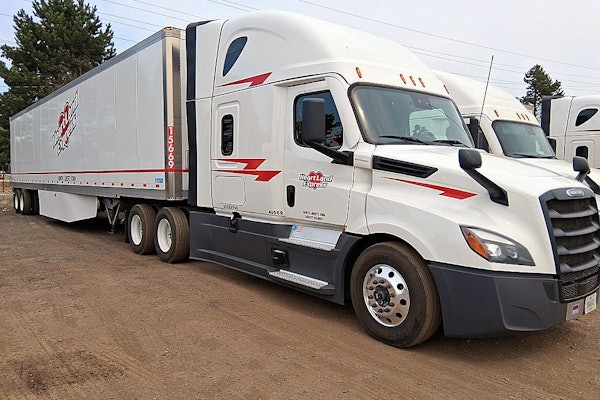Online access to trucks and loads in the spot market is a digital battlefield that intensified in 2022 when pandemic-driven supply chain disruptions fueled a surge in freight fraud.
Today, the spot market accounts for 30% of all shipments and generates over $200 billion in annual freight payments. Freight fraud has become a significant operational threat, extending beyond financial losses by eroding trust among shippers, brokers, and carriers.
Organized cybercriminals are stealing identities, redirecting payments, forging carrier credentials, and even hijacking entire shipments. Advances in technology, such as AI voices that mimic real people during phone calls, are helping fraudsters operate at scale.
Layering your defenses
In 2025, 1 in 5 motor carrier or broker entities that sought access to one of the largest online freight marketplaces in the transportation industry failed ID checks. In today’s market, those who actively work to prevent freight fraud can give brokers and carriers a clear competitive edge. Trusted partners are preferred partners.
The same technologies that speed freight matching can enhance safety when all parties implement appropriate protections and processes outside these platforms. Otherwise, fraudsters will continue exploiting the weakest links.
When incidents occur, the culprit often comes from outside a freight-matching platform through channels like email, where fraudsters can more easily impersonate others. Because of these vulnerabilities, all parties must bolster their defenses.
Fraud prevention in motion
Teams involved in spot market transactions must be trained to identify red flags, such as suspicious PDF attachments, slightly altered email domains, or urgent requests to change bank details. This training only works if employees know what to look for and when to escalate concerns.
Verification should take place at key points by confirming the identities of everyone you do business with. Verification and validation are most effective when guided by transparent, standardized processes or checklists applied to every load.
At the first sign of doubt, don’t hesitate to ask direct questions—like, “Can we hop on a quick video call to verify your identity?”
The most essential steps for onboarding a carrier or broker include:
- Using an independent source to verify FMCSA authority and insurance.
- Validating emails and phone numbers. Call the FMCSA number on record, not one sent to you via text.
- Requiring multi-factor authentication to access your systems.
- Confirming the equipment and verifying pickup details before booking a load.
When the load is delivered and it’s time to make or receive payments, separate the responsibilities. For example, the person who arranges a carrier or broker shouldn't also approve bank changes. Any payment update should require dual confirmation—preferably through a trusted contact using a verified phone number or communication channel.
Regarding the freight marketplace you use, does your platform verify that real people are behind the accounts and notify you of unusual activity, such as logins from unexpected IPs or unfamiliar locations?
Most importantly, any freight matching platform you use should take fraud seriously. The best marketplaces constantly monitor accounts, promptly remove suspicious activity, and share real-time intelligence about fraud attempts.
Seamless and secure workflows
Even with additional verification, a secure freight transaction should feel seamless. For example, when posting or searching for loads on a marketplace, user identities and accounts should be actively monitored and verified.
Once a load is booked, all communication and documentation should flow through an authenticated system—not via side-channel texts or email threads. Likewise, load tracking should be managed through a secure, integrated system. Upon delivery, the driver should be able to send or receive proof of delivery within that same secure environment.
Circling the freight wagons
All the tools mentioned above can be integrated into a freight-matching platform. By using a single integrated system rather than separate tools, companies can verify carriers’ and brokers’ insurance, authority, and credentials; confirm pricing with rating tools; leverage “book it now” features to reduce off-platform negotiations; and more.
The more connected the industry becomes through verified data, the less opportunity fraudsters have to operate. Having the right processes and tools in place is essential to reducing guesswork and bringing structure to fraud prevention. While structure is key to mitigating financial risk, preventing freight fraud also safeguards trust and keeps freight moving efficiently.
Trust begins with people but endures through processes—and it’s reinforced by the platforms you depend on daily. Embedding security into every stage of the load cycle protects your reputation and profits, allowing your team to focus on growth instead of damage control.














